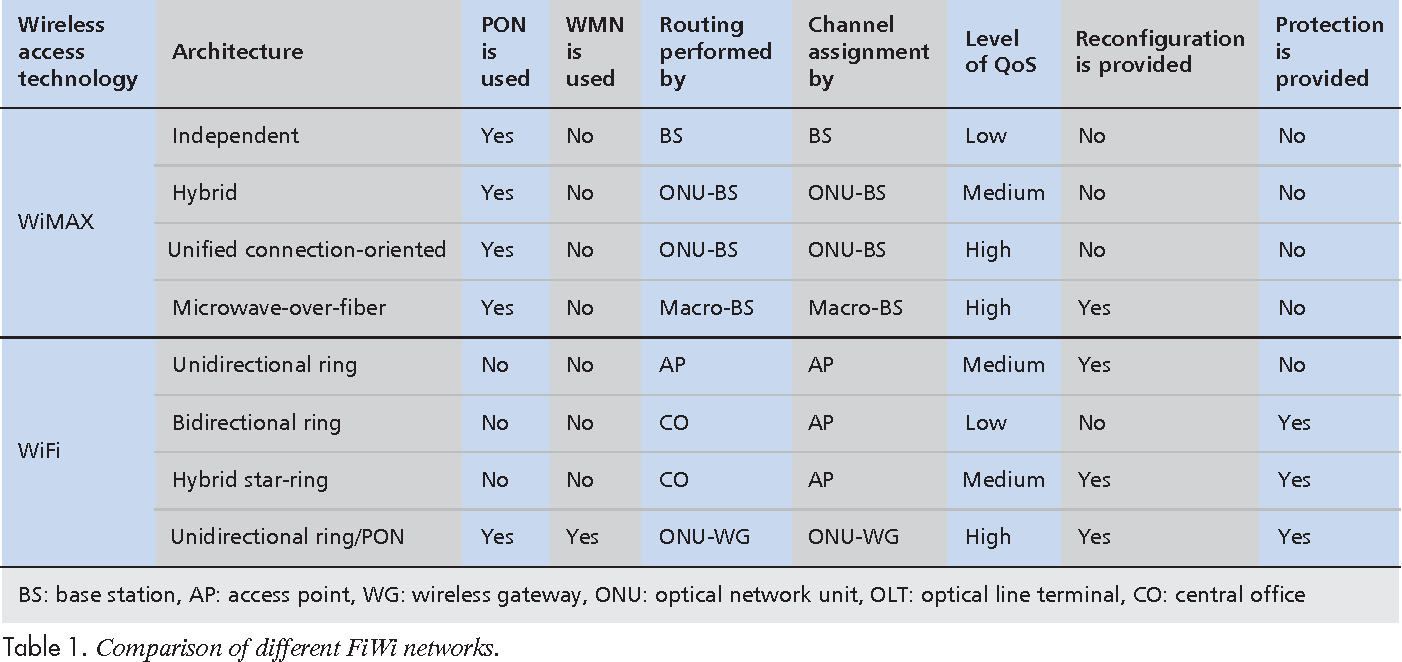
FIWI LINKS SERIES
“ Series G: Transmission systems and media, digital systems and networks: 40-Gigabit-capable passive optical networks (NG-PON2): General requirements,”.Union, Geneva, Switzerland, ITU-Recommendation G.9807.1, Jun. “ Series G: Transmission systems and media, digital systems and networks, 10-Gigabit-capable symmetric passive optical network (XGS-PON),”.“ Series G: Transmission coverage (TC) specifications-release2, 10-Gigabit-capable passive optical network (XG-PON),”.

Union, Geneva, Switzerland, ITU-Recommendation G.987.3, Jan. “ Series G: Transmission systems and media, digital systems and networks, Gigabit-capable passive optical network (G-PON),”.It has also been observed that location with high renewable energy sources contributes to a significant reduction in the number of PV panels and batteries requirement and, therefore, has lower cost and carbon dioxide (CO2) emissions. The results show a good agreement between the analytical and the proposed approach.

Further, a socio-economic analysis and trade-off analysis between allocation efficiency and cost is also presented. An analytical framework is derived to justify the accuracy of the proposed joint energy resource allocation framework. Consequently, we propose a joint energy resource allocation framework to minimize the number of PV panels and batteries required by ONU-AP based on its location as well as throughput requirement of the users. Depending on the availability of renewable power at different locations, the energy resources available to power ONU-AP may vary. In order to mitigate the conventional limitations of grid-power supply, an off-grid FiWi network is considered, where the components of the network such as optical network units (ONUs) and IEEE 802.11 access points (APs) are powered using renewable sources of energy such as photovoltaic (PV) panels and wind turbines along with batteries.


In this paper, we consider a fiber-wireless (FiWi) network consisting of 10-Gigabit-capable passive optical network (XG-PON) and wireless fidelity (WiFi).


 0 kommentar(er)
0 kommentar(er)
